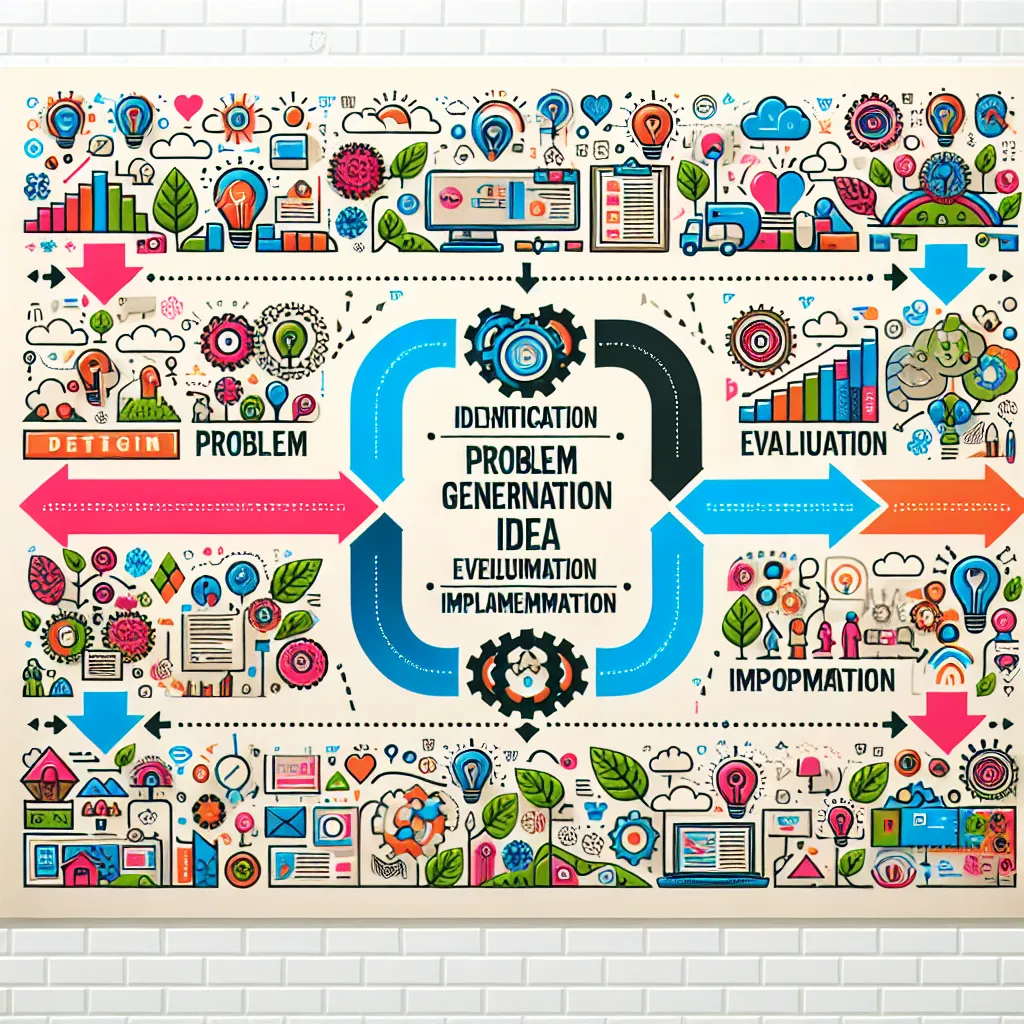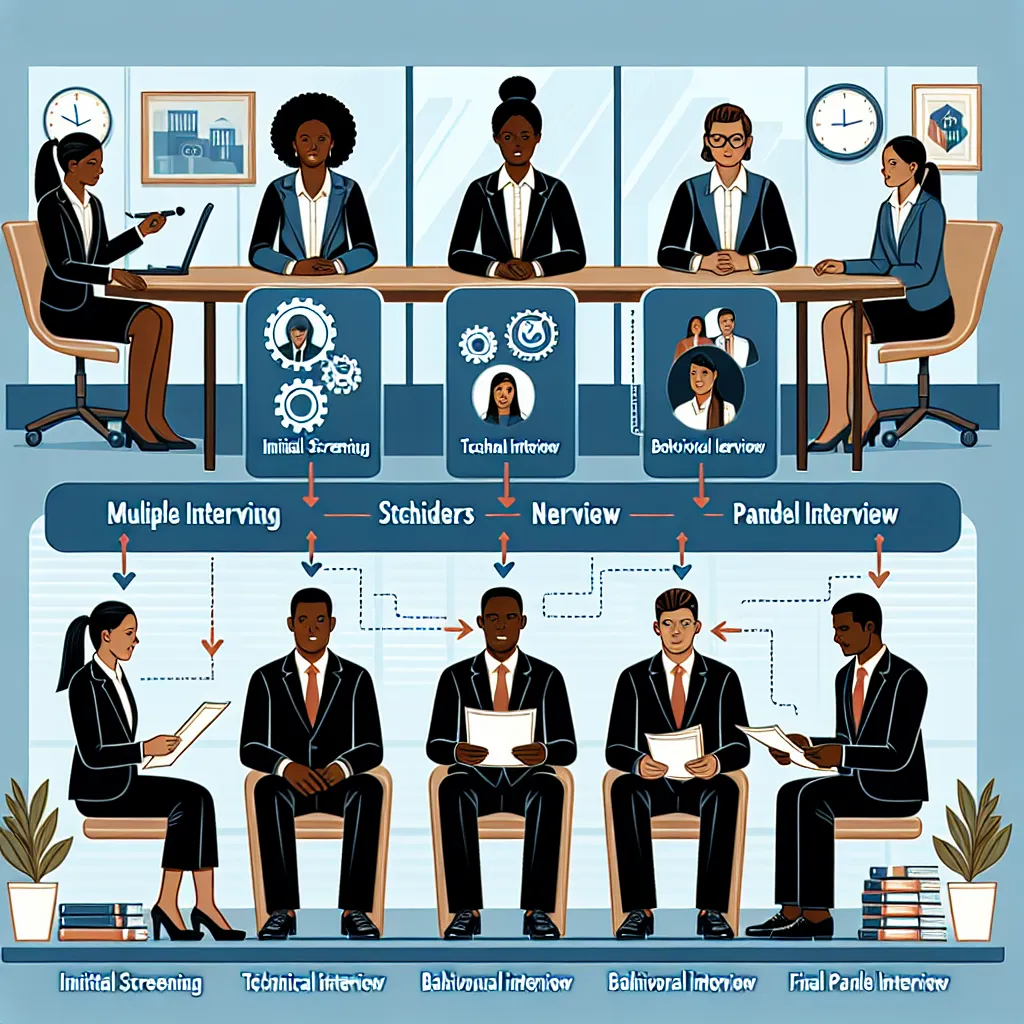Are you preparing for a job interview and wondering how to tackle questions about creative problem solving? You’re not alone. Many employers value this skill highly, as it demonstrates your ability to think outside the box and find innovative solutions to challenges. In this article, we’ll explore effective strategies to showcase your creative problem-solving abilities during interviews, helping you stand out from other candidates.
Understanding Creative Problem Solving in the Workplace
Creative problem solving is the process of approaching challenges or issues in innovative and unconventional ways. It involves thinking beyond traditional methods to find unique solutions that may not be immediately apparent. In the workplace, this skill is crucial for:
- Adapting to changing circumstances
- Improving processes and efficiency
- Developing new products or services
- Resolving conflicts
- Overcoming obstacles in projects
Employers often ask about creative problem solving to gauge your ability to handle unexpected situations and contribute fresh ideas to their organization.
 Creative Problem Solving Process
Creative Problem Solving Process
Common Interview Questions About Creative Problem Solving
To help you prepare, let’s look at some typical questions interviewers might ask to assess your creative problem-solving skills:
- “Can you describe a time when you had to think creatively to solve a problem at work?”
- “How do you approach complex problems that don’t have obvious solutions?”
- “Tell me about a situation where you implemented an innovative idea. What was the outcome?”
- “How do you stimulate your creativity when faced with a challenging task?”
- “Describe a project where you had to work with limited resources. How did you overcome this constraint?”
Strategies for Answering Creative Problem-Solving Questions
1. Use the STAR Method
When responding to behavioral questions about creative problem solving, use the STAR method (Situation, Task, Action, Result) to structure your answers:
- Situation: Briefly describe the context of the problem.
- Task: Explain what you needed to achieve.
- Action: Detail the creative steps you took to address the issue.
- Result: Share the positive outcomes of your solution.
Example:
“In my previous role as a marketing coordinator, we faced a challenge of declining engagement on our social media platforms (Situation). My task was to revitalize our online presence and increase follower interaction (Task). I proposed a user-generated content campaign where customers could share their experiences with our products for a chance to be featured (Action). This approach not only boosted engagement by 50% but also provided us with authentic content for future marketing efforts (Result).”
2. Highlight Your Thought Process
When answering questions about your approach to problem-solving, focus on explaining your thought process:
- Describe how you gather information and analyze the problem.
- Explain techniques you use to generate ideas (e.g., brainstorming, mind mapping).
- Discuss how you evaluate potential solutions.
- Emphasize your willingness to consider unconventional approaches.
3. Provide Specific Examples
Use concrete examples from your past experiences to illustrate your creative problem-solving skills. This adds credibility to your answers and helps the interviewer visualize your capabilities.
4. Demonstrate Adaptability
Show that you can adapt your creative approach based on the situation. Highlight instances where you’ve had to pivot or modify your initial ideas to achieve better results.
5. Emphasize Collaboration
Creative problem solving often involves working with others. Discuss how you’ve collaborated with team members or stakeholders to generate and implement innovative solutions.
 Team Brainstorming Session
Team Brainstorming Session
Sample Answers to Creative Problem-Solving Questions
Here are some example responses to help you formulate your own answers:
-
Question: “How do you approach complex problems that don’t have obvious solutions?”
Answer: “When faced with complex problems, I start by breaking them down into smaller, manageable components. I then research each aspect thoroughly, looking for insights from various sources, including industry best practices and unconventional fields. Next, I brainstorm potential solutions, often using mind mapping techniques to visualize connections between ideas. I also believe in the power of collaboration, so I frequently engage team members or mentors for different perspectives. Once I have a list of potential solutions, I evaluate each based on feasibility, potential impact, and alignment with overall goals. Finally, I develop an implementation plan, being prepared to adapt as needed during execution.”
-
Question: “Tell me about a situation where you implemented an innovative idea. What was the outcome?”
Answer: “In my previous role as a customer service representative, we were struggling with long response times to customer inquiries. I proposed implementing a chatbot powered by AI to handle common questions. Initially, there was some resistance due to concerns about impersonality. To address this, I suggested personalizing the chatbot with a friendly avatar and programming it to seamlessly transfer complex inquiries to human agents. We implemented this solution, and within three months, our average response time decreased by 60%, customer satisfaction scores improved by 25%, and our team was able to focus on more complex issues. This innovative approach not only improved efficiency but also enhanced the overall customer experience.”
Common Mistakes to Avoid
When answering questions about creative problem solving, be careful to avoid these common pitfalls:
- Being too vague: Provide specific details and examples rather than general statements.
- Focusing solely on the outcome: While results are important, interviewers want to understand your thought process and approach.
- Claiming credit for others’ ideas: Be honest about your contributions and acknowledge team efforts where appropriate.
- Overlooking failures: Don’t be afraid to discuss challenges or initial setbacks, as long as you can explain how you learned from them.
- Neglecting to show enthusiasm: Demonstrate your passion for creative thinking and problem-solving throughout your responses.
Follow-up Questions and How to Answer Them
Interviewers may ask follow-up questions to delve deeper into your creative problem-solving abilities. Here are some examples with suggested approaches:
-
Q: “How do you handle resistance to your creative ideas?”
A: Discuss your communication skills and ability to build consensus. Explain how you present ideas with clear benefits and address concerns proactively. -
Q: “Can you give an example of a time when your creative solution didn’t work as planned?”
A: Choose an example where you learned valuable lessons. Explain how you adapted your approach and what insights you gained from the experience. -
Q: “How do you stay inspired and generate new ideas regularly?”
A: Talk about your methods for staying current in your field, such as reading industry publications, attending conferences, or engaging in creative hobbies that stimulate innovative thinking. -
Q: “How do you balance creativity with practical constraints like budgets or deadlines?”
A: Emphasize your ability to think creatively within limits. Provide an example where you found an innovative solution while adhering to specific constraints. -
Q: “How do you evaluate the success of a creative solution?”
A: Discuss your approach to setting measurable goals and key performance indicators. Explain how you gather feedback and make data-driven assessments of implemented solutions.
Conclusion
Mastering the art of answering questions about creative problem solving can significantly boost your chances of success in job interviews. By understanding what interviewers are looking for, preparing specific examples, and focusing on your thought process, you can effectively showcase your innovative thinking skills. Remember to practice your responses and stay genuine in your answers. With these strategies, you’ll be well-equipped to impress potential employers with your creative problem-solving abilities.
For more tips on acing your job interview, check out our articles on how to answer questions about interpersonal skills and how to prepare for a creative interview. Good luck with your upcoming interviews!




